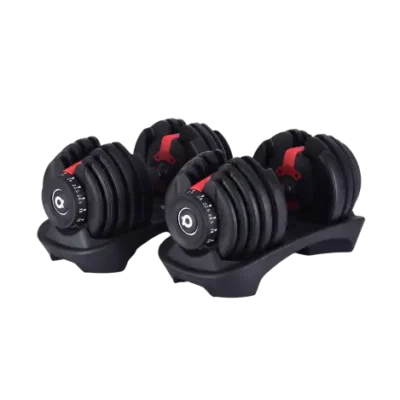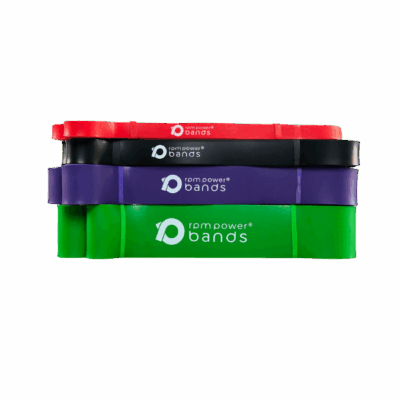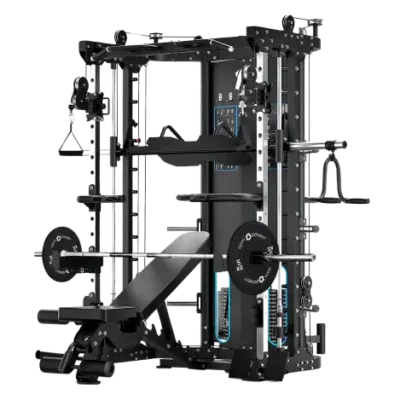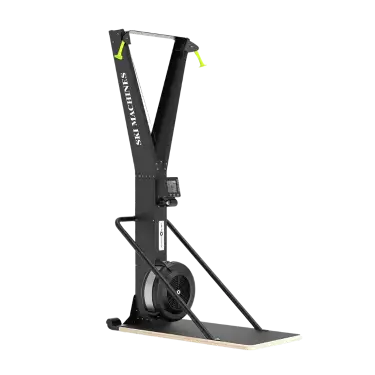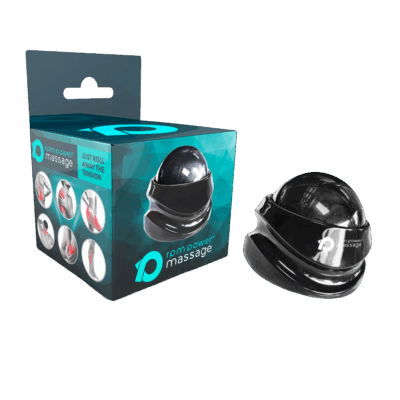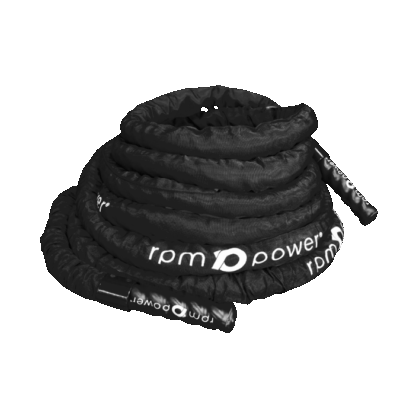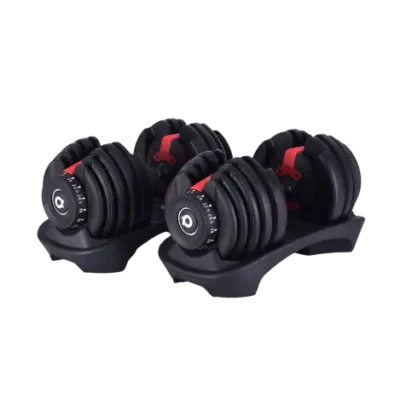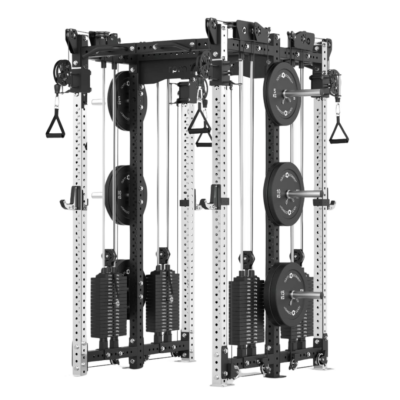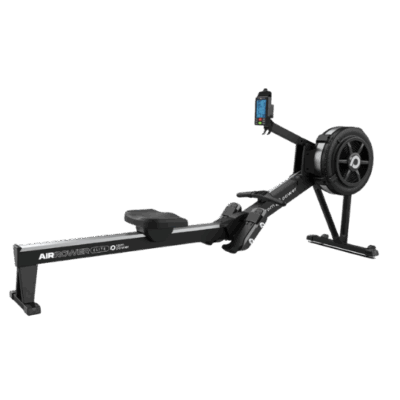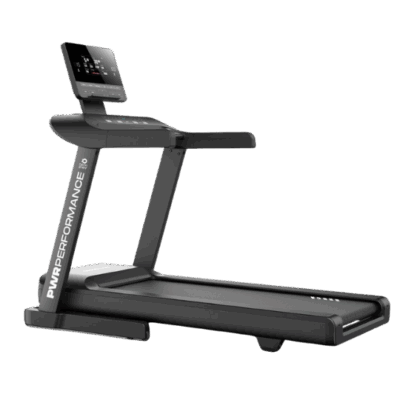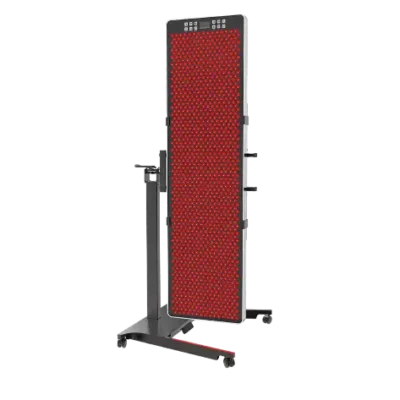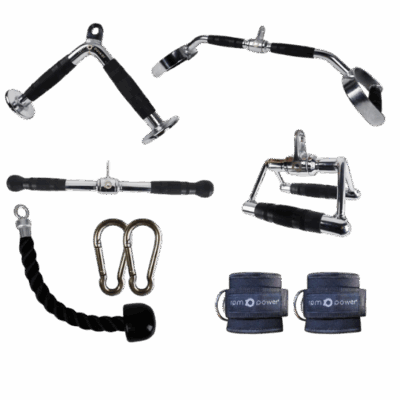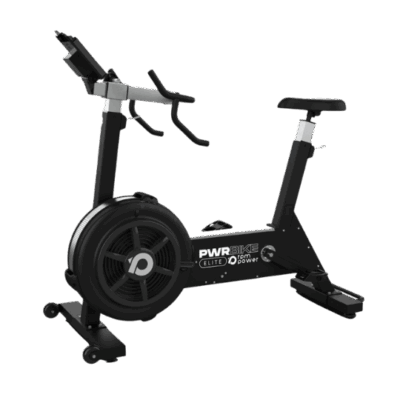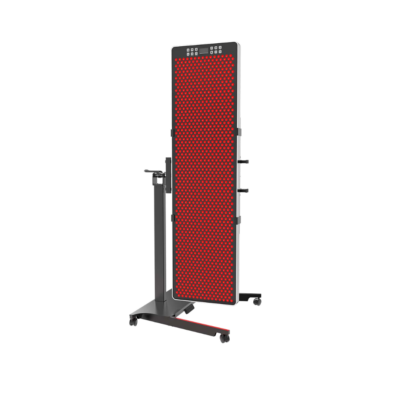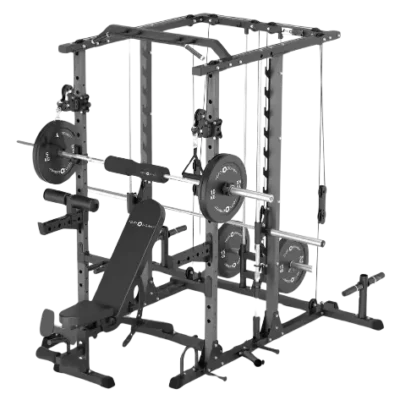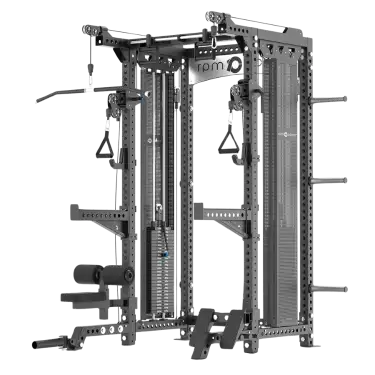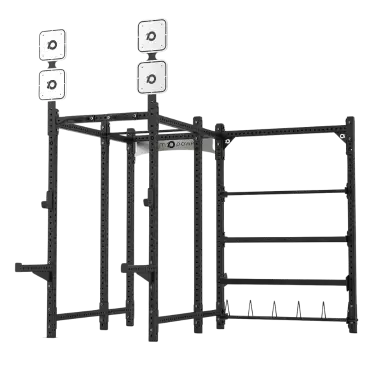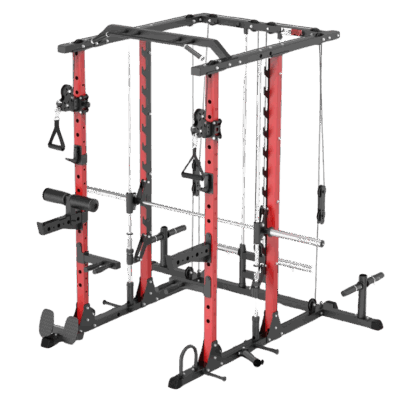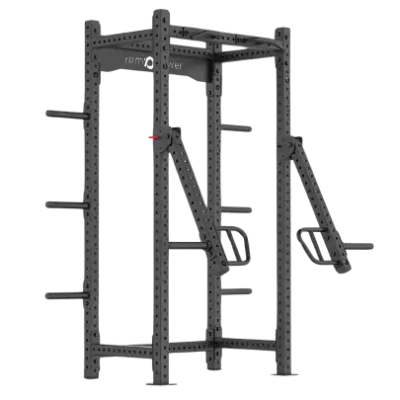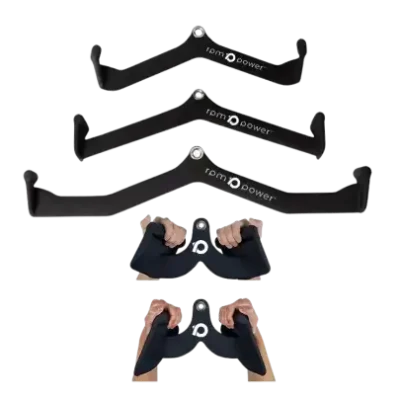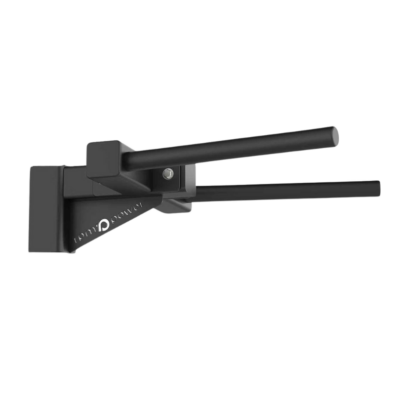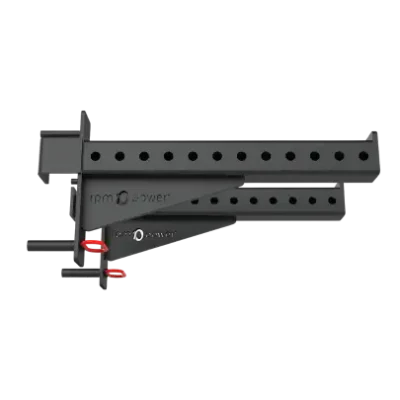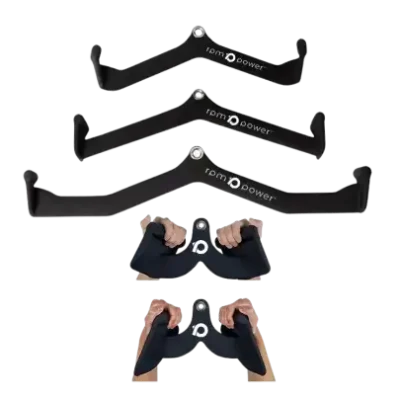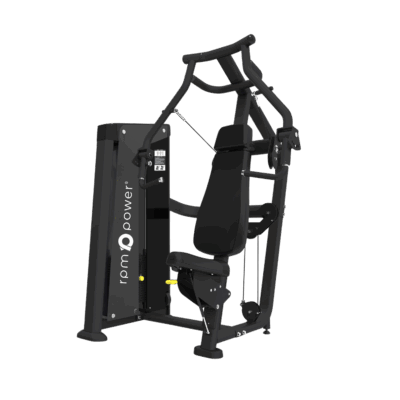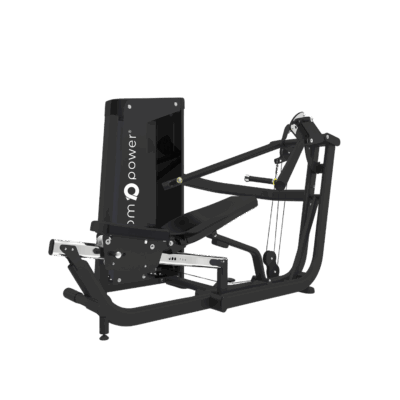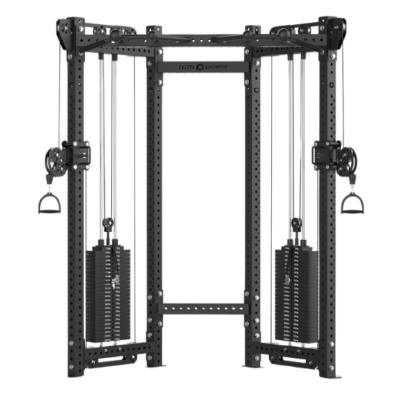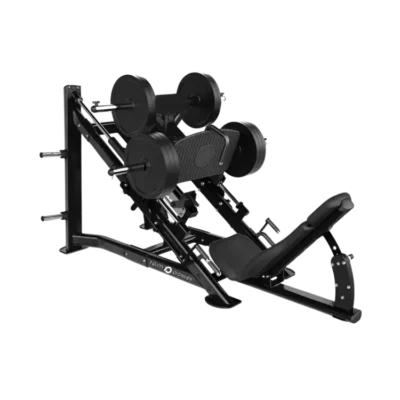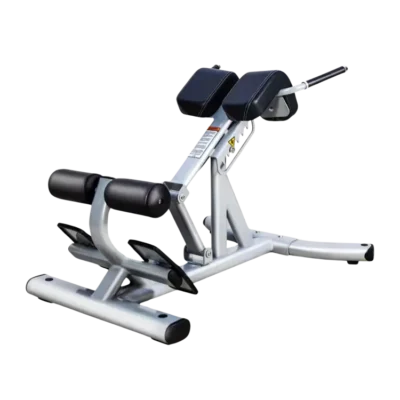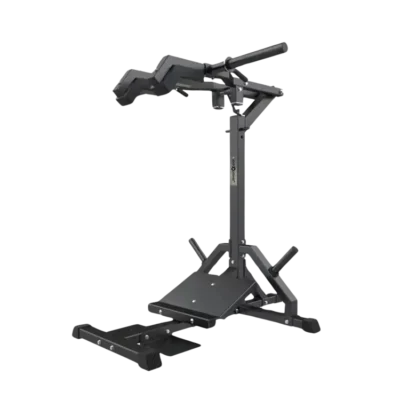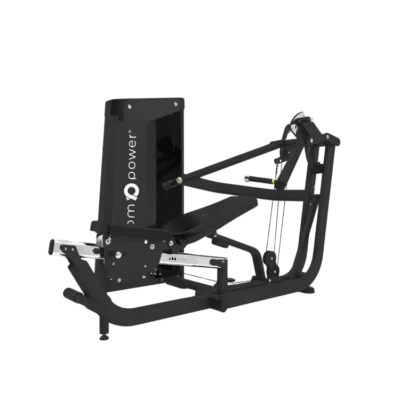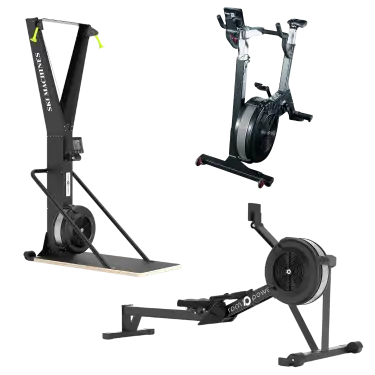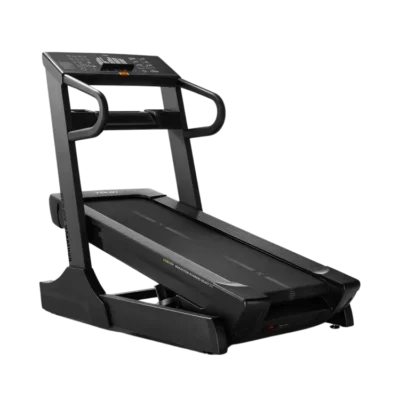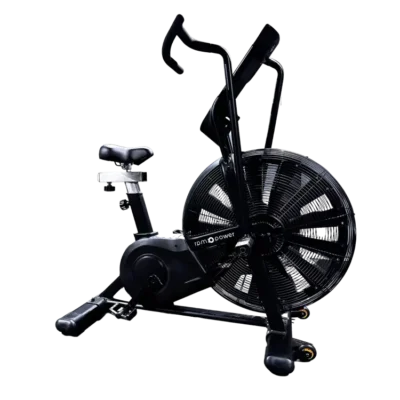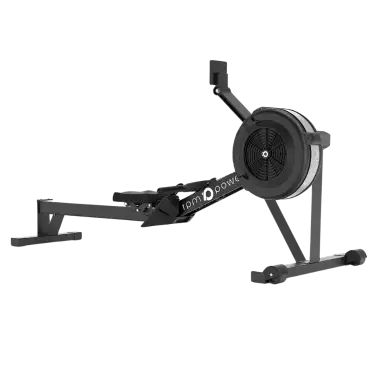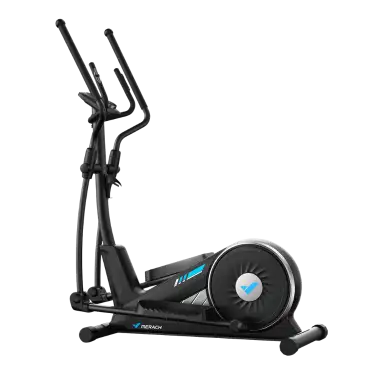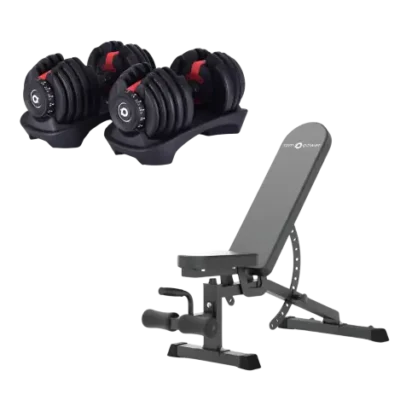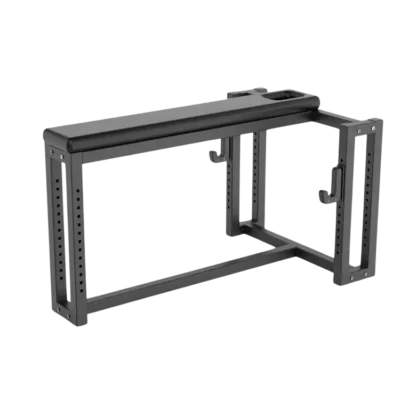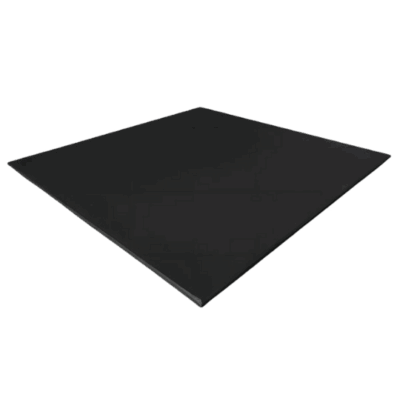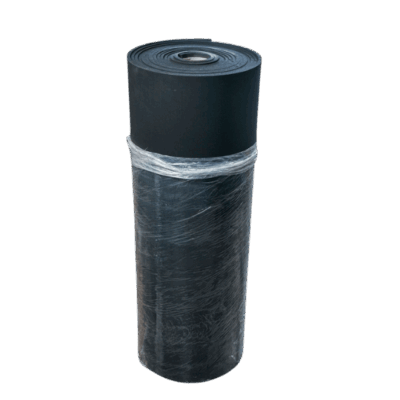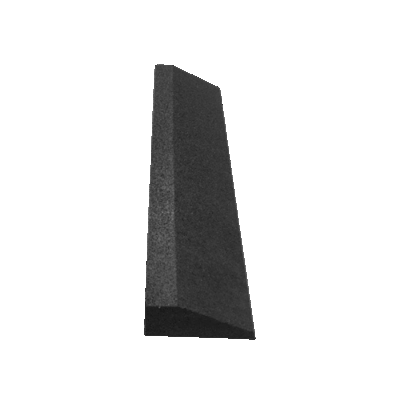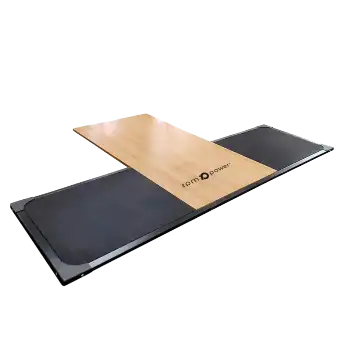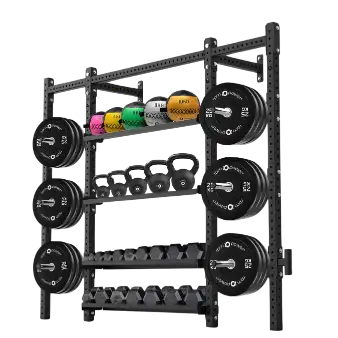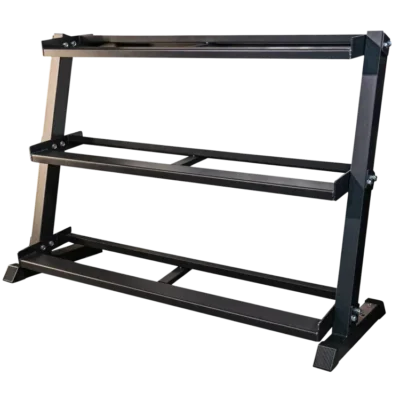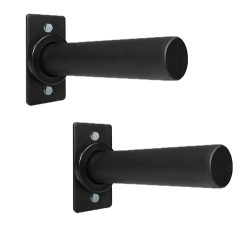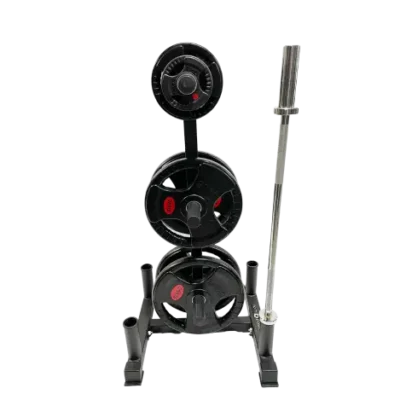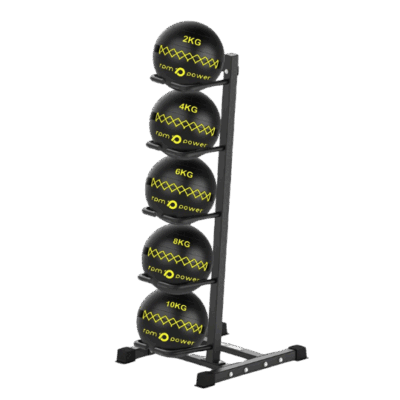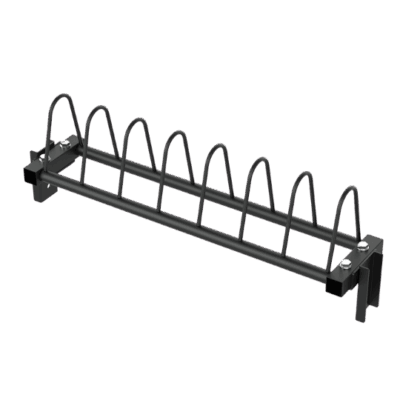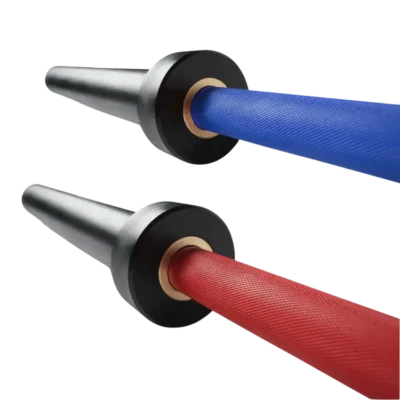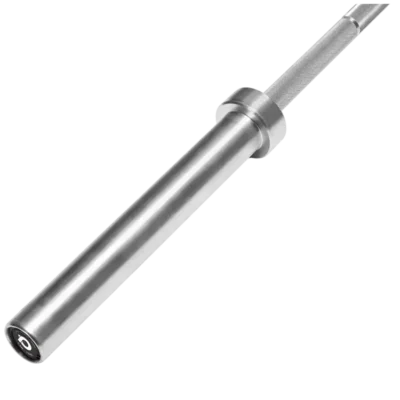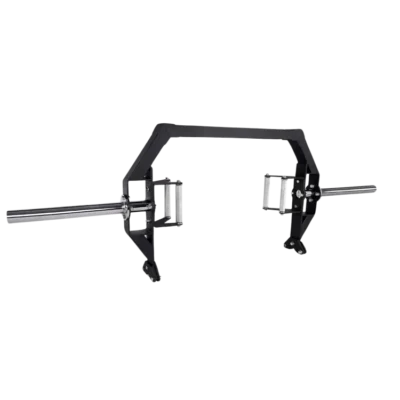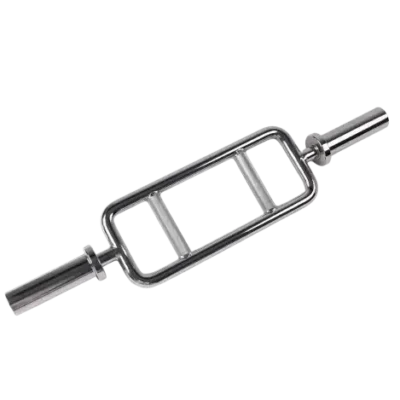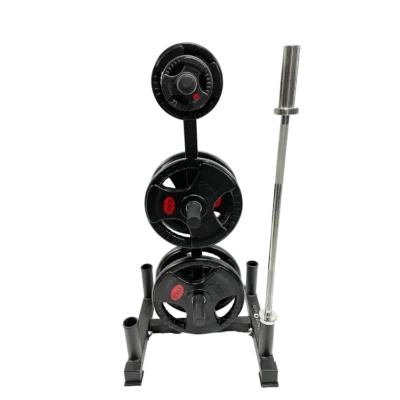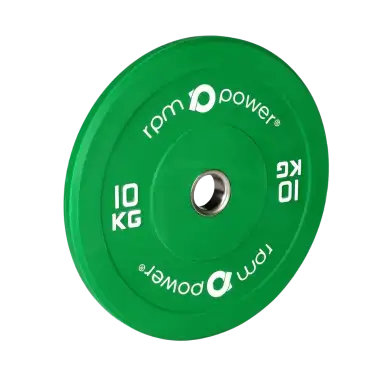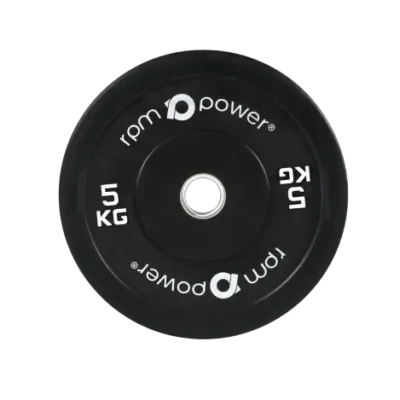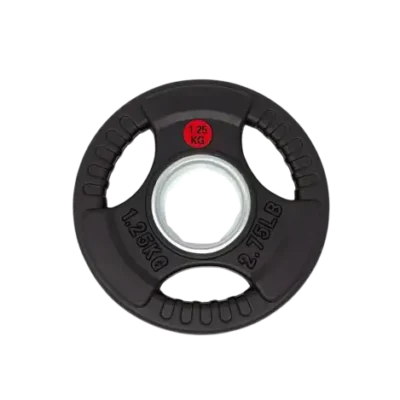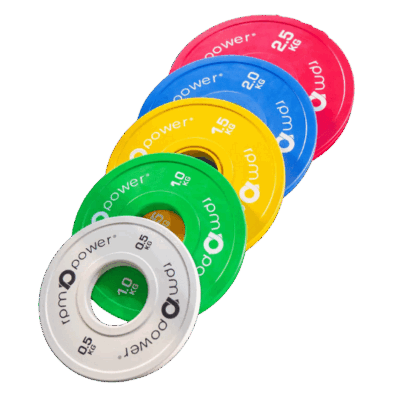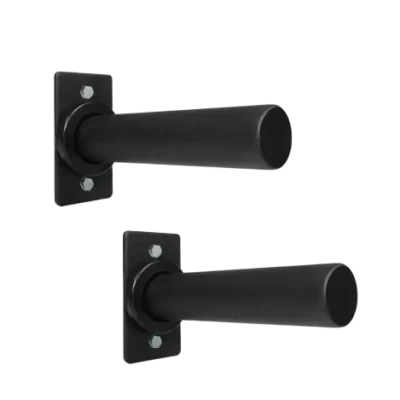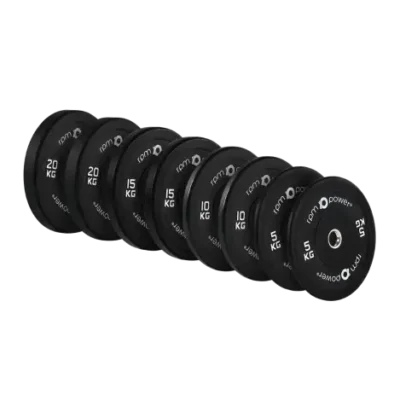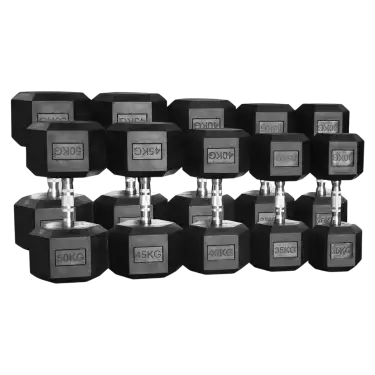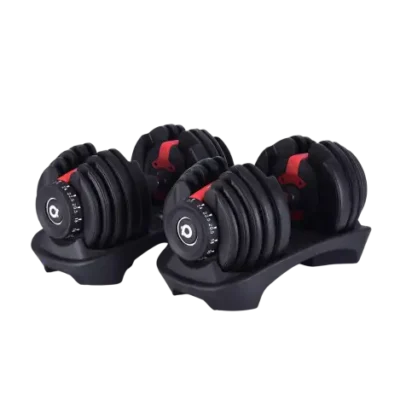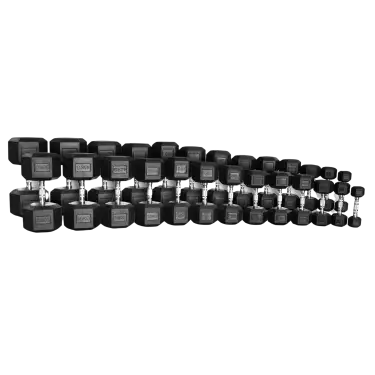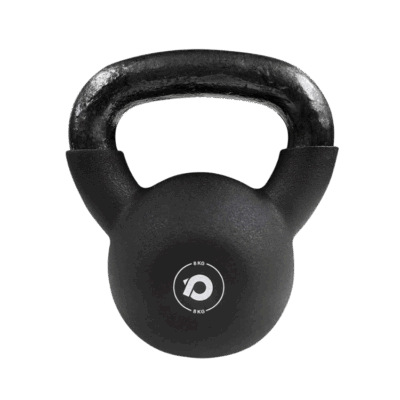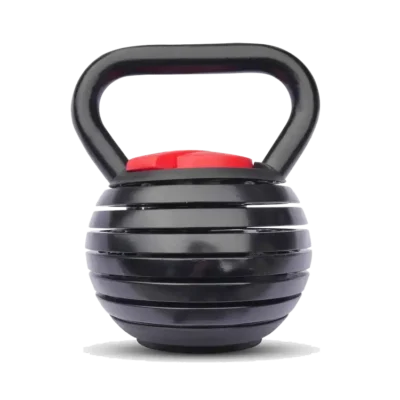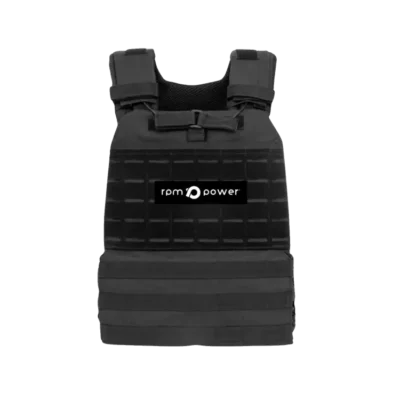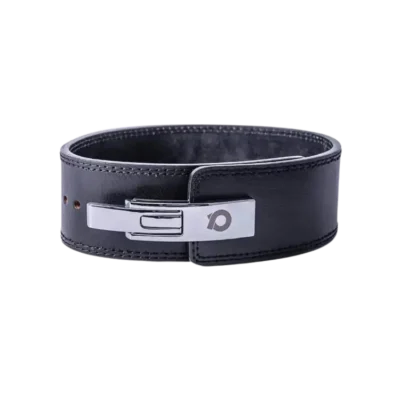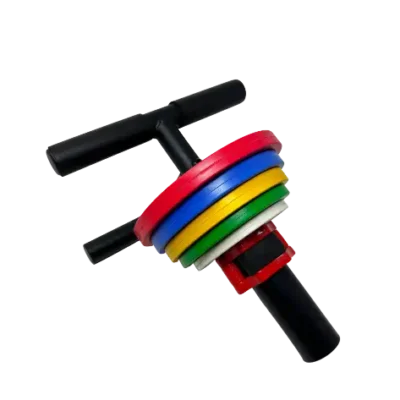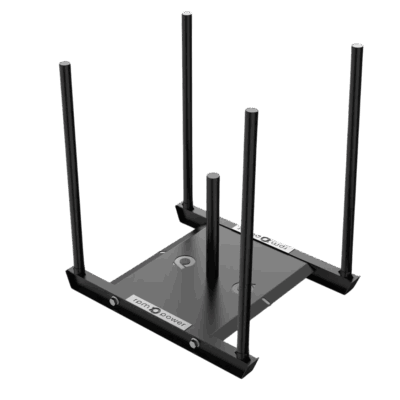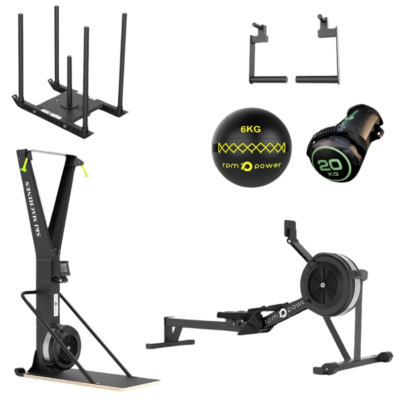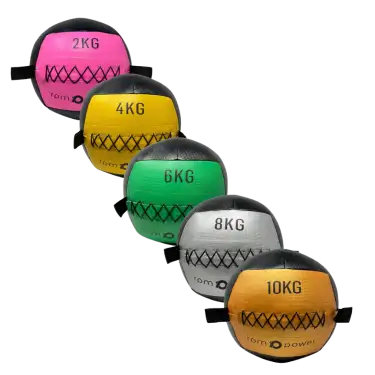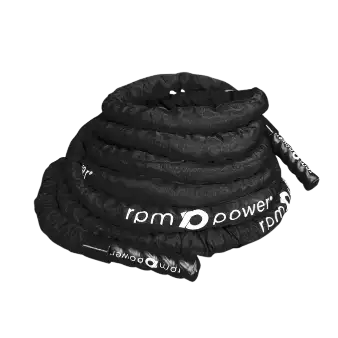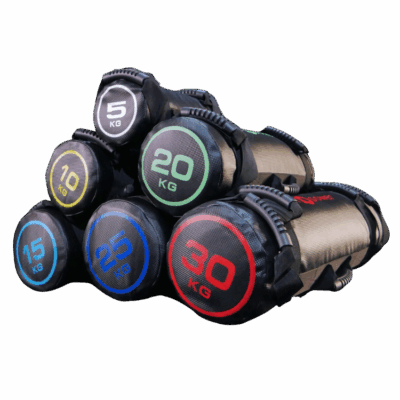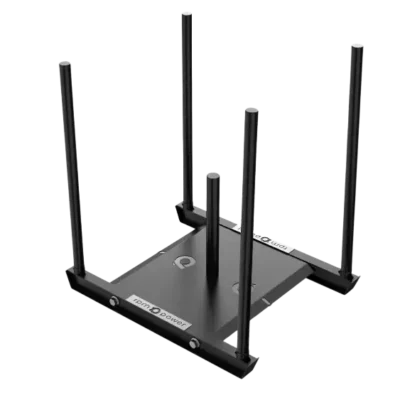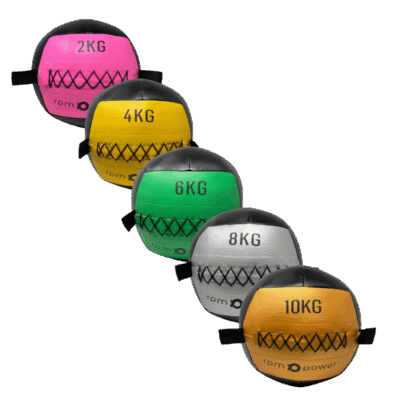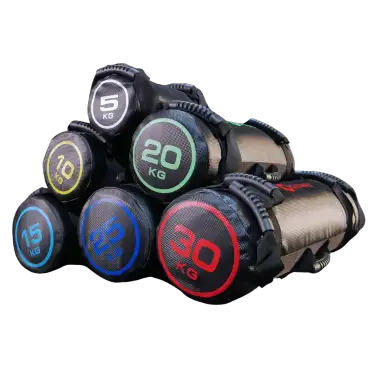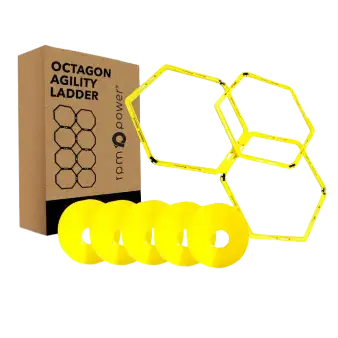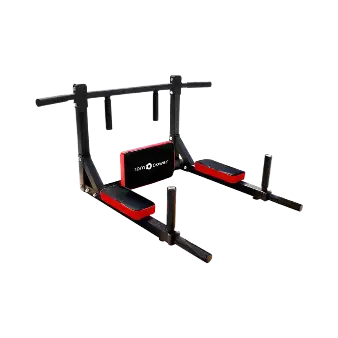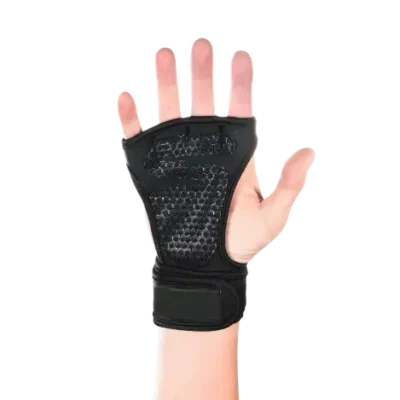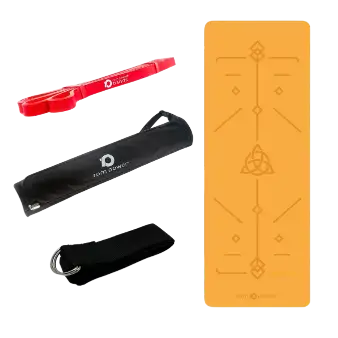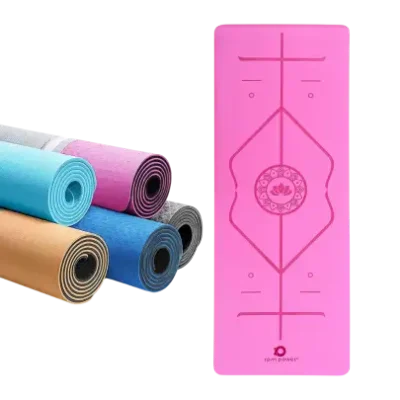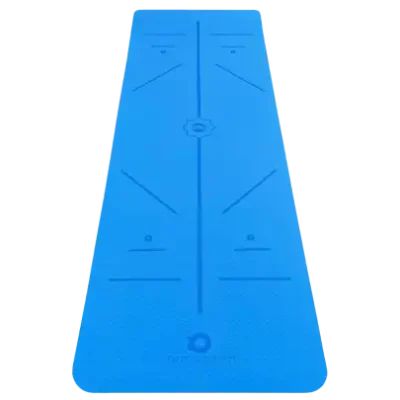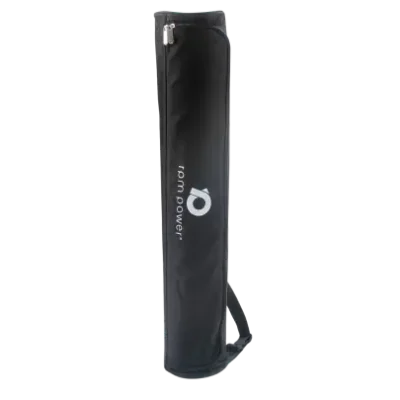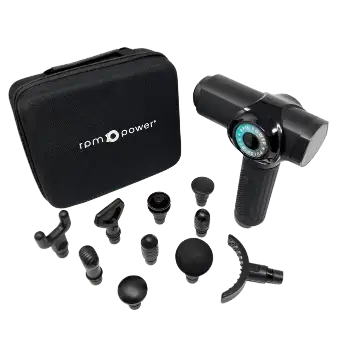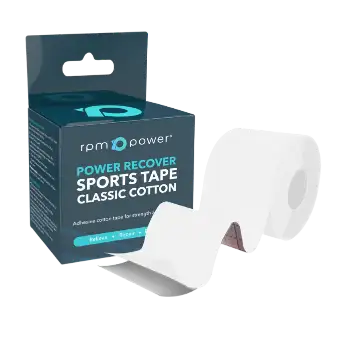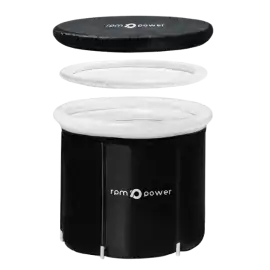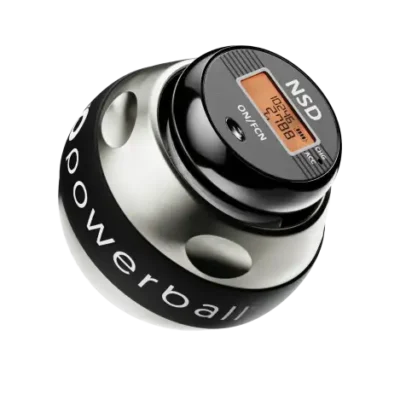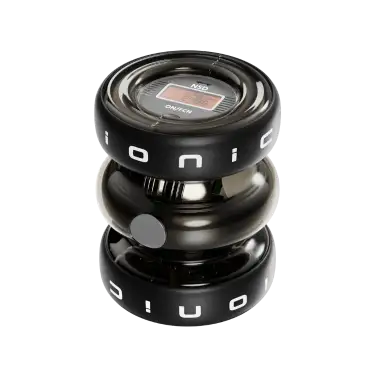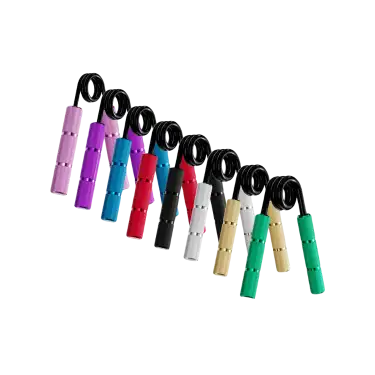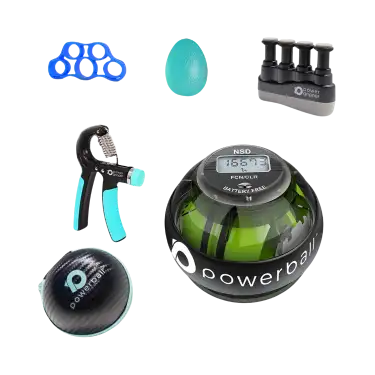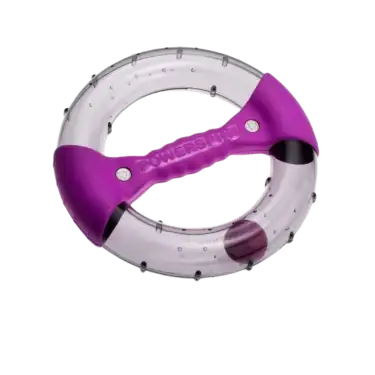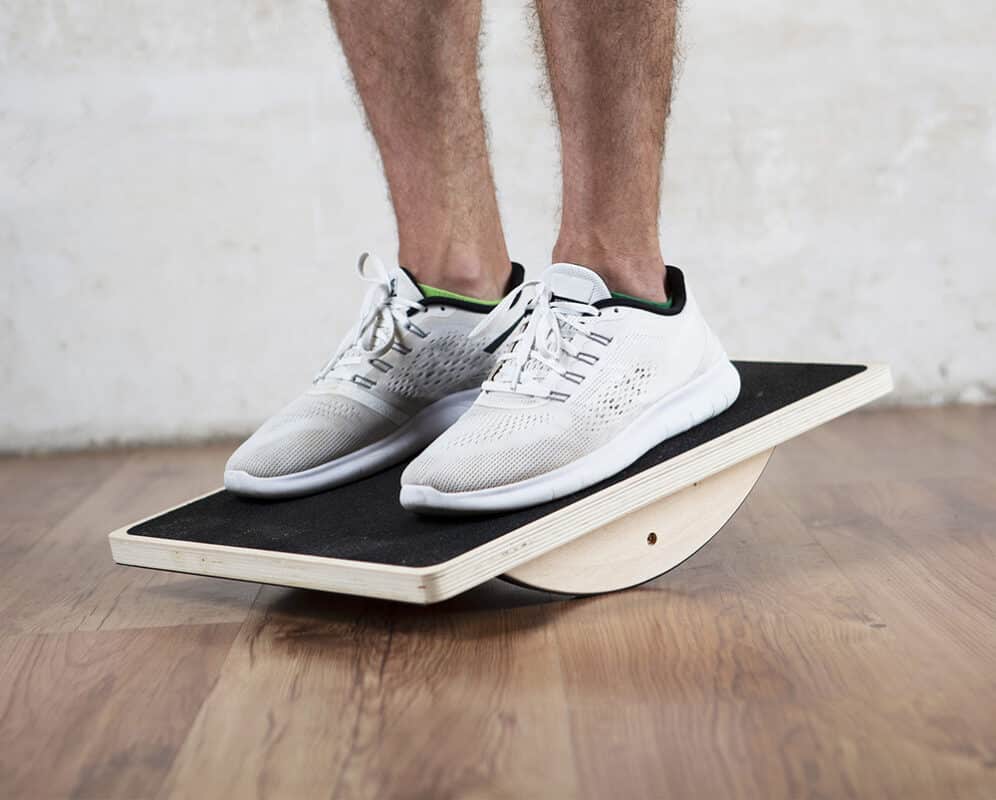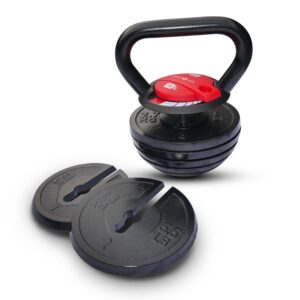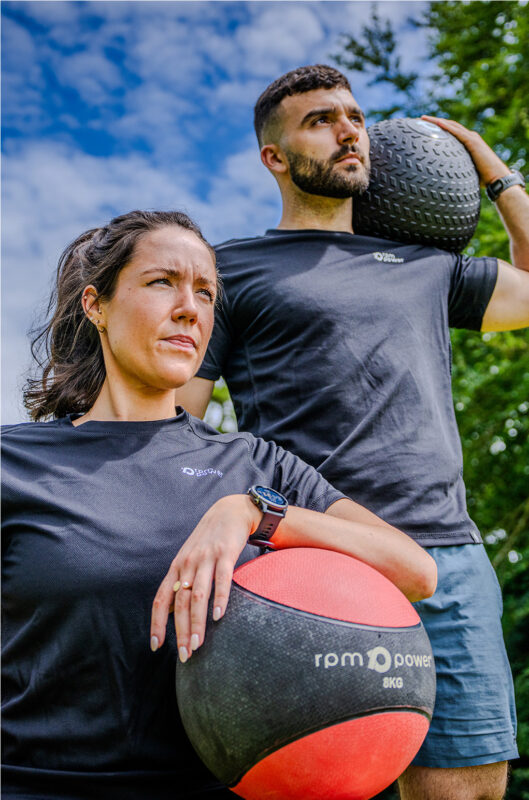Uncategorized
Chronic Ankle Instability Physiotherapy
AINE CURRAN, Chartered Physiotherapist
Aine Curran is a qualified chartered physiotherapist registered HCPC & CSP. Aine qualified in 2018 with a BSC in physiotherapy at Manchester Metropolitan University, having previously gained a diploma in sports management and a BSC in Public Health and Health Promotion in University College Cork.
She garnered a broad range of experience with the NHS before specialising in musculoskeletal disorders and she now practices as a Senior Physiotherapist within both the NHS and the private sector. Aine has furthered her knowledge through post graduate training and is now a qualified Pilates instructor, an activity which she enjoys implementing into patients treatment plans. Aine prides herself on her patient-centered approach and is dedicated to helping her patients reach their potential through rehabilitation, with a particular focus on sporting injuries.
Outside of work, Aine is a keen sportswoman. Having represented Ireland at international level and Premier League hockey with Bowdon Ladies 1s, she is aware of the demands required on the body to perform and how the setback of an injury can affect an athlete.
We are delighted to call Aine Curran an RPM Power® Partner and we are excited to see how both ourselves here in the office, and our customers can can learn from her extensive experience and professional advice.


What Is Chronic Ankle Instability?
A lateral ankle sprain is the most common injury among the general population and the most frequently reported injury by competitive athletes. Research suggests that up to 40% of those who experience a lateral ankle sprain will develop chronic ankle instability.
Chronic ankle instability can be characterized by ongoing symptoms such as ankle pain; joint weakness and inability to put pressure on the ankle; swelling; reduced ankle range of movement and overall decreased function. These symptoms can usually persist for longer than 12 months.
Recurrent ankle sprains result in the loss of structural integrity in the ankle ligaments and therefore increase the laxity (looseness) of the ankle joint. The nerve fibres in the ligaments of the foot and ankle help stabilise the foot when walking, running and playing sport. It is the repeated disruption of proprioception in the ankle through recurrent injury to these structures, which is thought to increase the risk of recurrent ankle sprains, resulting in a chronic ankle instability.
MANAGEMENT: EARLY STAGE ANKLE RECOVERY
PROTECTION
The use of a support or strapping at this stage may be helpful to your ankle recovery. These are available at most chemists, sports shops or online. A chartered physiotherapist may also be able to apply rigid strapping.
REST
Some rest, but not complete rest is usually advised. Crutches may be necessary in the first few days/ weeks but not in all cases. Walking as normally as possible is best and helps the soft tissues heal correctly.
ICE
Apply ice to the swollen area for 10-15 minutes at a time, three to four times each day. Use a bag of frozen peas or an ice pack wrapped in a towel. Be careful if you have circulatory or sensation problems with the foot/ankle.
COMPRESSION
It is advised to use your support or strapping whilst there is still swelling present. This will help to reduce the swelling and prevent further inflammation of the ankle.
ELEVATION
When resting, elevate your foot higher than your heart with the leg supported.
PAIN RELIEF
You may take pain medication as prescribed or as discussed with a pharmacist if necessary. It is important to manage pain early on after your injury.
Ankle EXERCISES
Early range of movement exercises following a sprain are important for long-term ankle recovery. If returning to high level sport or activity, it is important that your end-stage ankle sprain recovery incorporates activities that will allow you to return to play safely. Below are some examples of high level exercises that you can practice for end-stage rehab ankle strengthening:
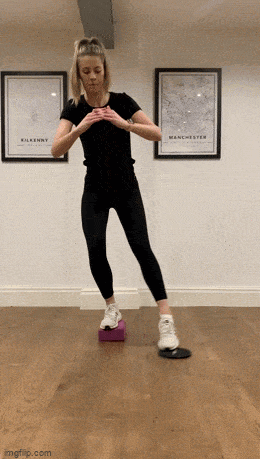
Around the World Slides
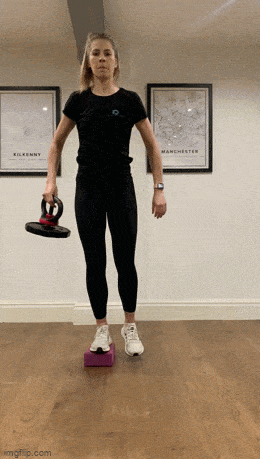
Kettlebell Orbits
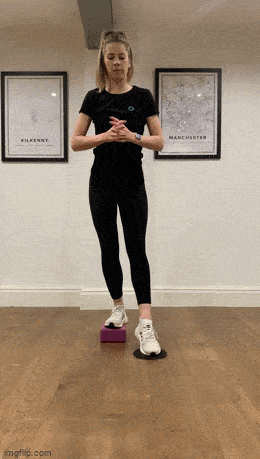
Y Balance Slides
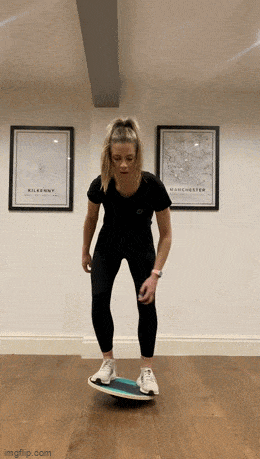
Figure 8 with Balance Board
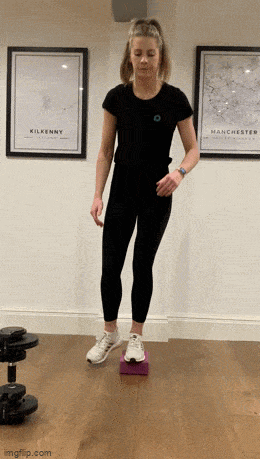
Dumbbell Passes with Reach
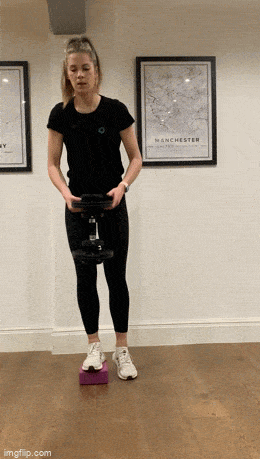
Dumbbell Passes
It is important to note that not everyone presents with the same symptoms and therefore it is advised to seek professional advice before trying any ankle rehabilitation exercises.
AINE CURRAN
Chartered Physiotherapist
Some Products suitable for ankle instability and sprainS
Adjustable Kettlebell 18kg (7 Weights in 1)
